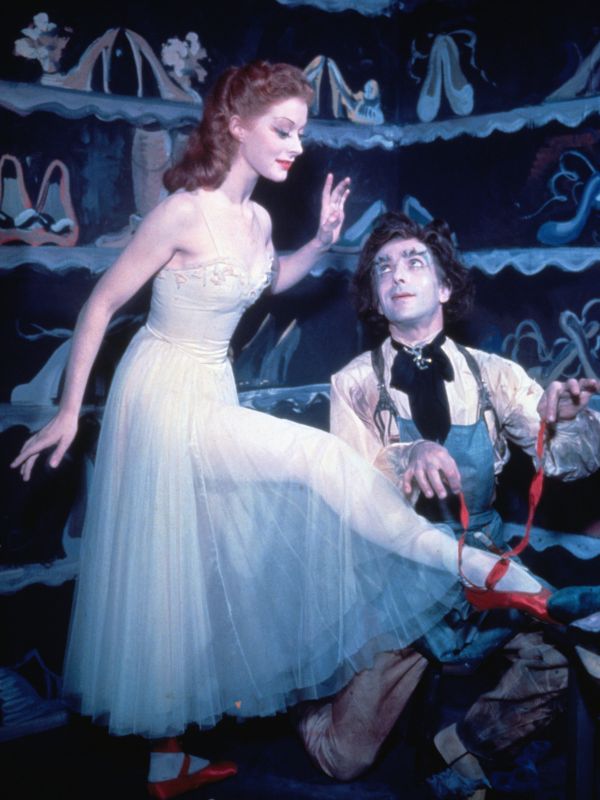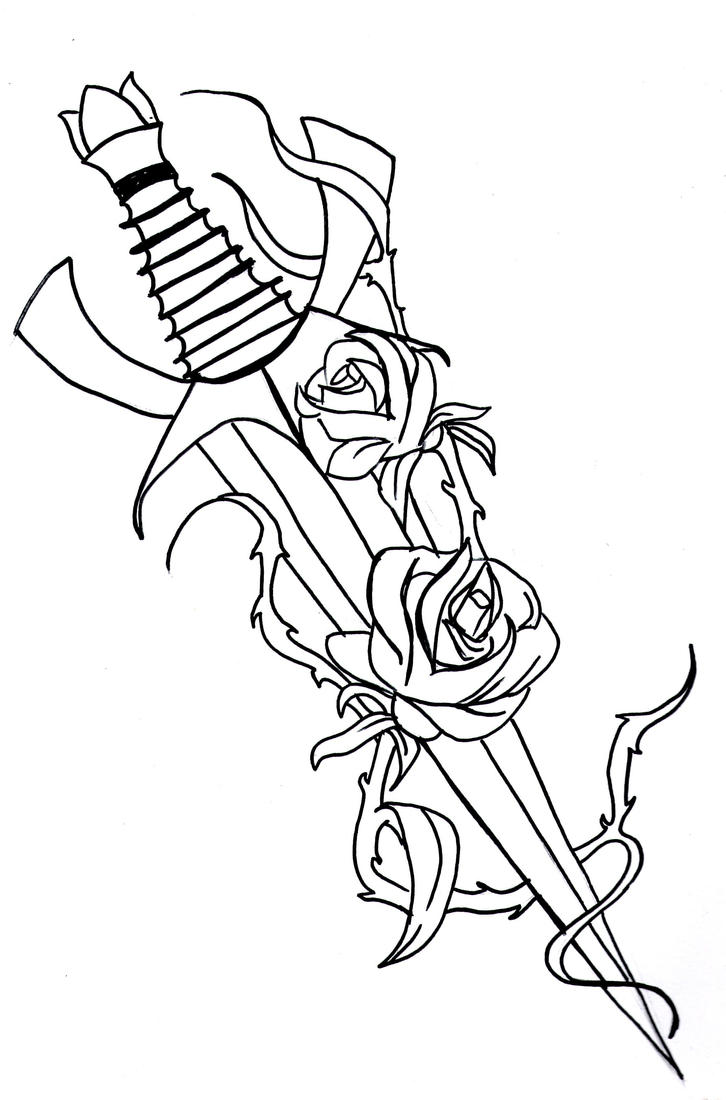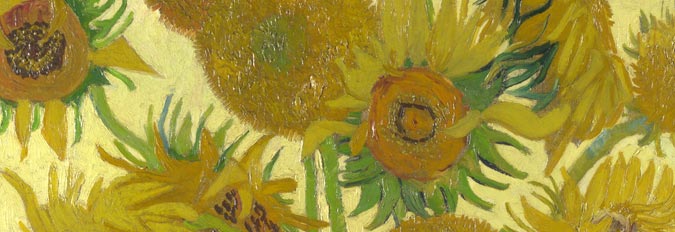
Image courtesy of pinimg.com
Boris Lermontov: The dancer who relies upon the doubtful comforts of human love will never be a great dancer. Never.
Dimitri: That is all very fine, Boris, very pure and fine, but you can’t alter human nature.
Boris Lermontov: No? I think you can do even better than that. You can ignore it.
Thus goes the decisive conversation that Victoria Page (Moira Shearer) overhears between ballet master, Boris Lermontov (Anton Wolbrook), and assistant Dimitri (Eric Berry). Page has the makings of a star. Hair the hue of autumn, skin winter white, and figure delicate as a spring raindrop, she pirouettes with the fury of a summer storm, the incarnation of Vivaldi’s “Four Seasons” en pointe. She has the ambition to equal her talent as well as the discipline. Lermontov knows Page is listening in the shadows, which is why he pronounces his lines with an arch of the brow and a flourish of syllables. Every moment commands drama for the impresario. Those who respond to the calling of a creative life must surrender body and soul to their art. As Lermontov says, ballet is a religion. When he first meets Page at a soiree, he tests her dedication with two questions: Why do you want to dance? Why do you want to live? “Well, I don’t know exactly why,” she says, “but… I must.” The perfect answer. The stage is her reality, the world she must inhabit to survive, and in her Lermontov has discovered a novitiate he can train to greatness like a thoroughbred racehorse.

Image courtesy of easy-drawings-and-sketches.com
Some viewers might consider “The Red Shoes” (1948) an exaggeration of creative fever. This sort of existence is implausible. It goes against the grain of what we are conditioned to believe since childhood comprise our collective destiny – marriage and parenthood – the exception to the norm being the men and women of the cloak. Even then, as evidenced by the scandals that have rocked the Vatican in recent years, deprivation in the name of God of a human touch that sizzles the flesh and upraises the heart is an outrageous demand. Neither is it practical in the name of art. Consider the world’s masterpieces created in centuries past that speak to us in the second millennium and will continue to do so for millennia hereafter – from the “Mona Lisa” to “Wuthering Heights,” from the Taj Mahal to the songs of the Gershwin brothers. (http://www.rafsy.com/films-1920s-1950s/an-american-in-paris-a-song-and-dance-to-a-broken-heart/) They were all inspired by love, the singular emotion that shoots us to the heavens, there where we can color the night sky like fireworks with explosions of fluorescence. Or is art that easy to define?

Image courtesy of cps-static.rovicorp.com
Emily Bronte led a life of solitude, her primary companions books and her sisters. No record exists of Leonardo Da Vinci as having engaged in intimate relationships with either a man or a woman. The same goes for George Gershwin. So when Lermontov says “doubtful comforts of human love,” he probably means that the angst of loneliness is sublime… it results in works that brim with pathos… and should we find ourselves falling for somebody, then it’s acceptable so long as the affair ends in tragedy. As ambitious as Page is, she is no machine that can ignore that which human nature needs. “She’s dreaming,” Lermontov scoffs to Dimitri of her performance of “Swan Lake.” The dream shatters when the object of her affection – Julian Craster (Marius Goring), the composer to the ballet fated to elevate her to spectacular heights – makes her choose between him and dance. How victorious for Lermontov that his protégé should be faced with this dilemma. She’s cracking inside. She wants Craster, but the red shoes take possession of her, impel her to dance in a frenzy of heartbreak.
This is what art is about.

Image courtesy of deviantart.net
In my youthful romanticism, I fell for the film’s message of passion and sacrifice. I saw “The Red Shoes” in my twenties, in the throes of an unrequited love. The dagger in the heart was necessary for me to write tear-inducing love stories. To grind the dagger to no end, I surrounded myself with melancholy. I consumed them all – “Anna Karenina,” “Madame Bovary,” and “Tess of the D’Urbervilles” – both the novels and the films based on them. (http://www.rafsy.com/actors-models-directors/nastassja-kinski-the-eternal-tess/) My CD player was on a repetitious run of Frank pining for “Someone to Watch Over Me” and Ella bleeding that everyone was singing songs of love “But Not for Me.” Let’s not forget Maria Callas, she who reigns eternal as the prima donna dolorosa, a world celebrated talent embroiled in a romance that cost her career and, worse yet, her voice. I may not have understood a word of her arias, but… man… she sure knew how to drown a note in despair. (http://www.rafsy.com/actors-models-directors/maria-callas-prima-donna-dolorosa/)
Lest you misconstrue, “The Red Shoes” did not instigate my self-indulgence; rather, the film validated it. Self-indulgence had started years earlier when I was in college. Closeted and alienated, guys in gay bars clones of the all-American prototype of jocks and fraternity brothers, I withdrew deep into myself, sought refuge in make-believe. Here set a cycle in motion that has lasted for too long.University of Pennsylvania and Stanford degree holder, Francisco, with the flirtatious blink and a soldier’s build (http://www.rafsy.com/films-1960s-1990s/the-law-of-desire-lunacy-and-obsession/); former navy man Chuck, blond and broad-shouldered; Scott of the Abercrombie and Fitch mold and who toured Israel with the bible as his guide… with them, I had a moment of heat that cooled on their end quicker than iced coffee. It has to be this way, I thought. The urgency to express oneself through art isn’t born from happiness, after all. Even Van Gogh’s “Sunflower” is a scream for happiness, not an enunciation of happiness.

Image courtesy of nationalgallery.org.uk
Nearly 30 years after “The Red Shoes,” “ The Turning Point” (1977) was made, another classic movie that pits dance against the doubtful comforts of human love. Emma Jacklin (Anne Bancroft) and Deedee Rodgers (Shirley MacLaine) are friends who were promising ballerinas. While the former is now hailed as ballet’s equivalent of the pope, the latter proves with a husband and a daughter that human love is a certifiable comfort. Albeit successful with their choices, one sees in the other the life she could have had. The bond between both women is therefore tightened by a convoluted knot of enmity and goodwill, regret and contentment. Yes, being an artist is that complex, in movies as in life.
But wait a minute. Who am I? I’m not a ballerina. Neither am I Maria Callas nor am I George Gershwin. Nobody is imposing on me an ascetic existence. Most people don’t even know who it is that’s writing this. And while I will always be a sucker for a fatal romance, I’ve reached a realization that for my words to bear the weight of truth, I must know what it is to lie at the gates of Nirvana with one who loves me in return, to inhale his breath, to feel his caress as if my body were a chalice of light.
Here I go again, taking off on flights of rhapsody. What I want is simple enough: to hold someone’s hand. Art can be a collaboration with the most bromidic of happiness.

Image courtesy of digitalgym.org